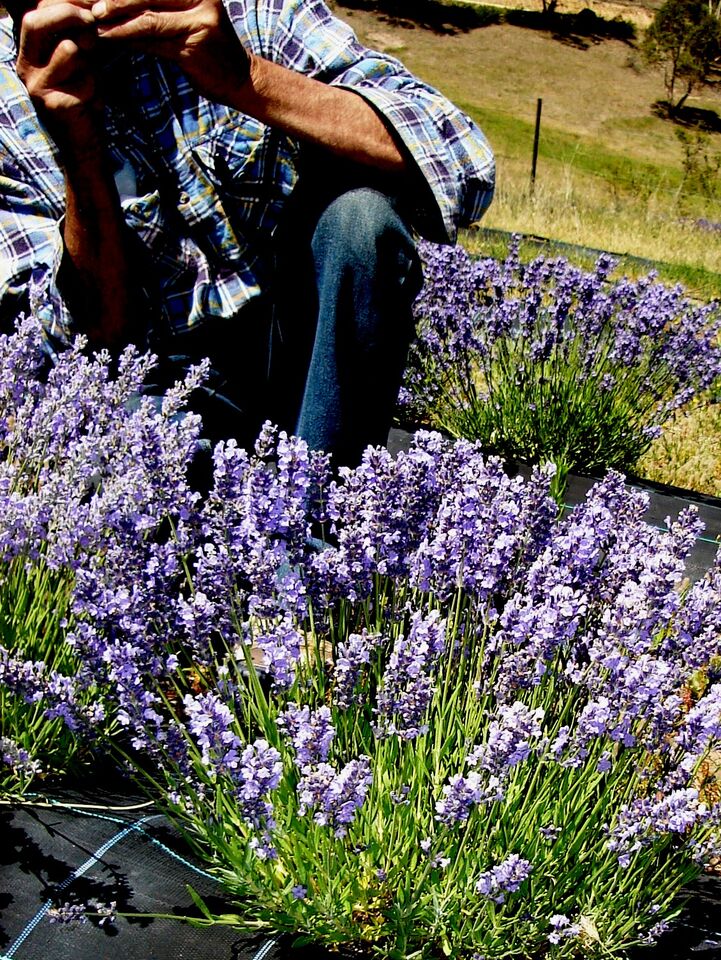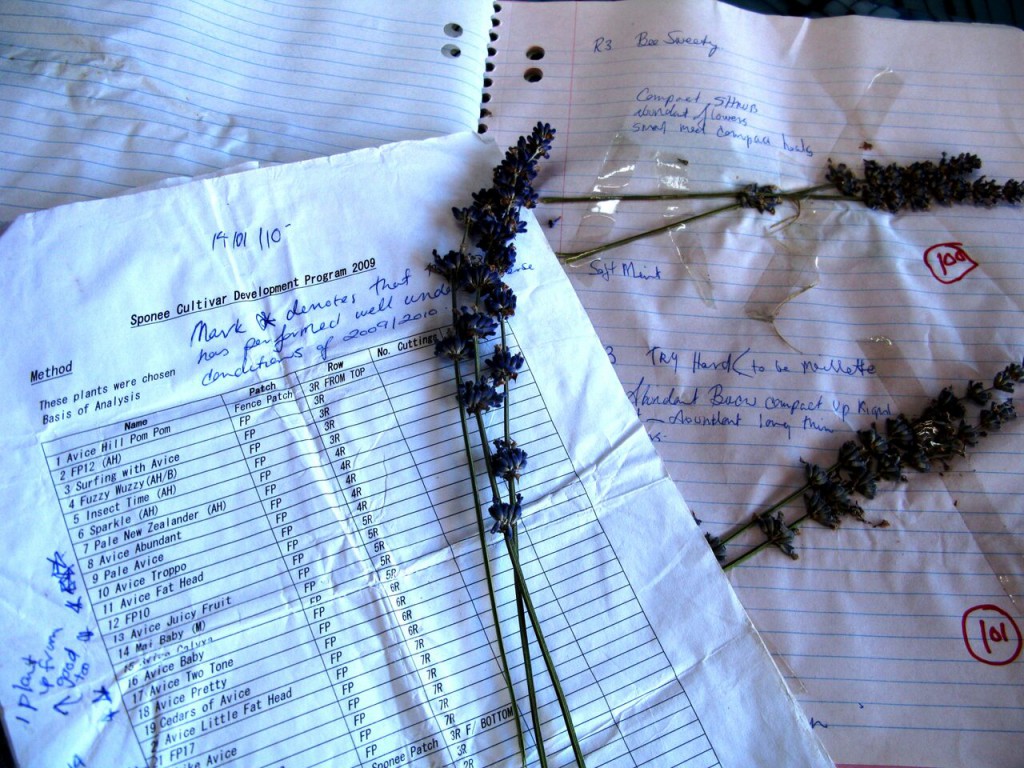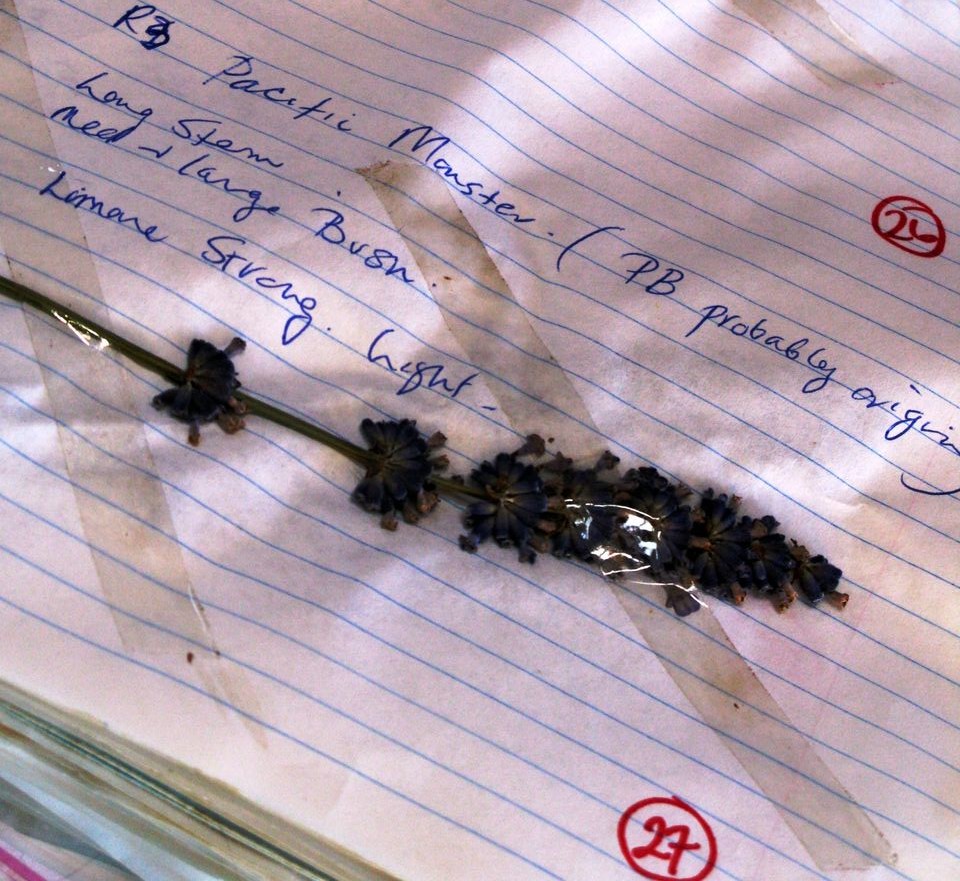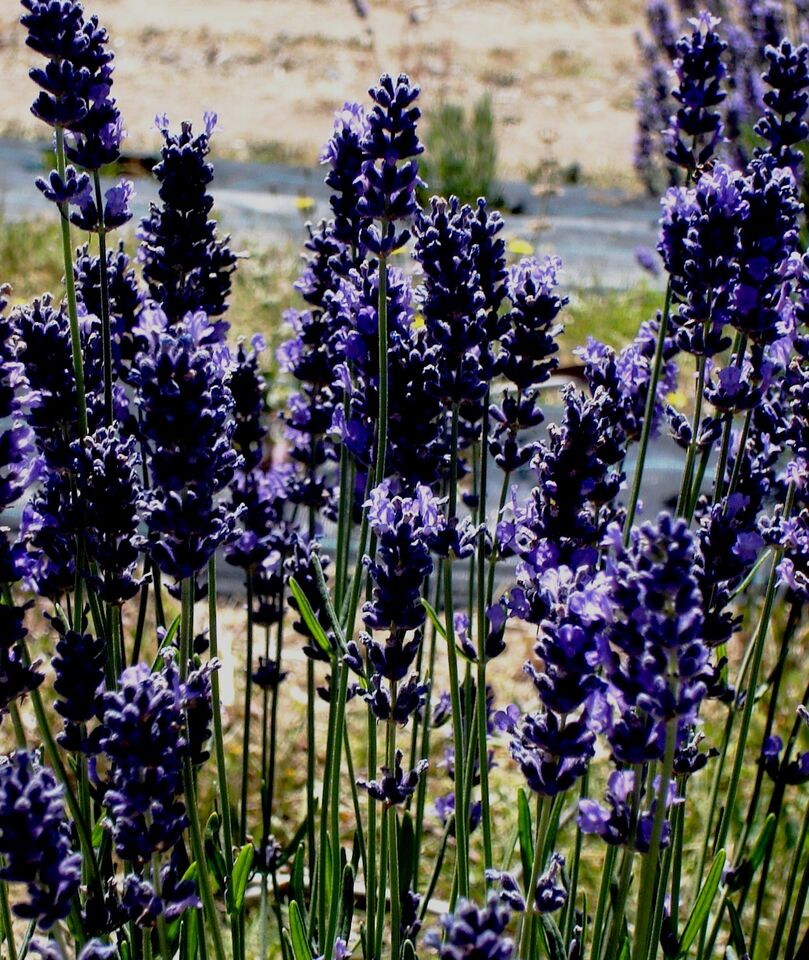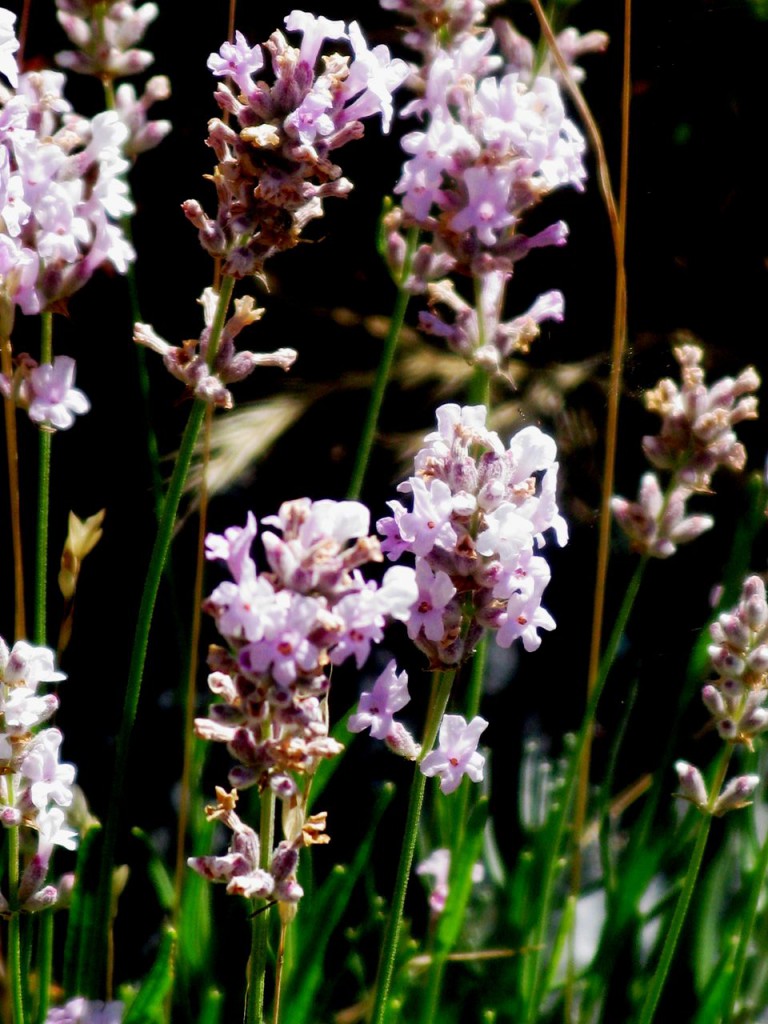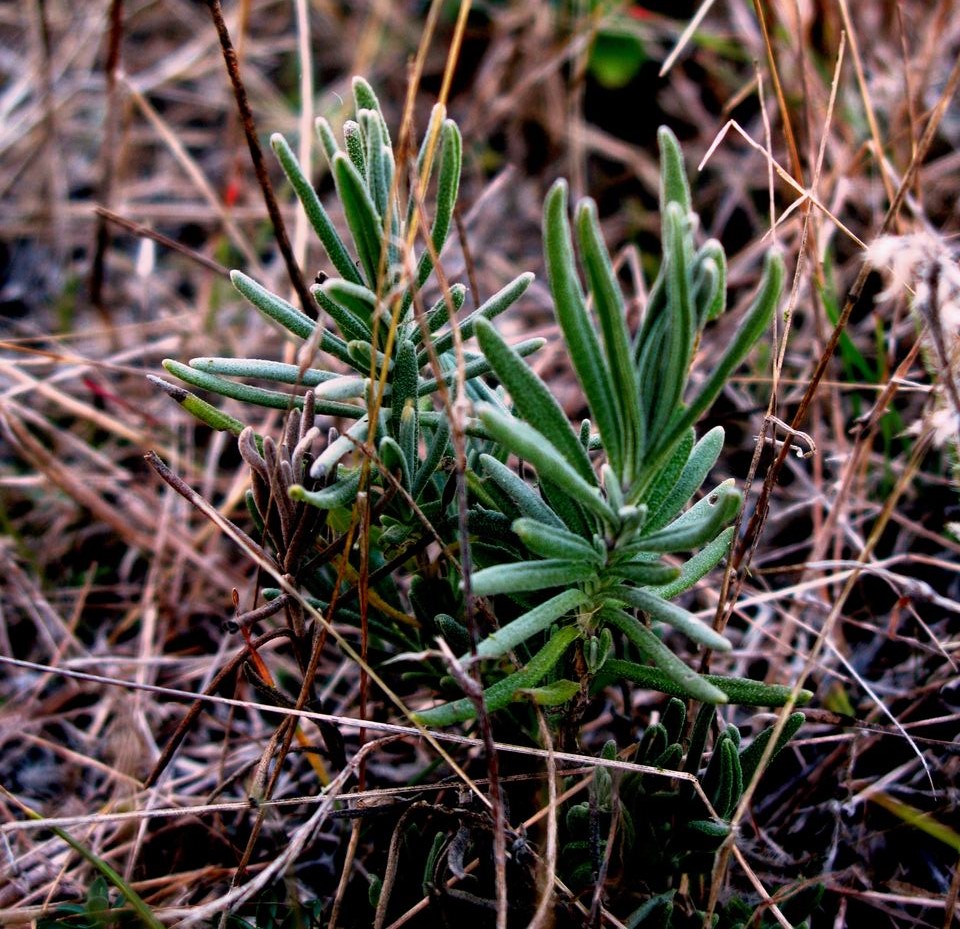
The ‘Sponnee’ Story
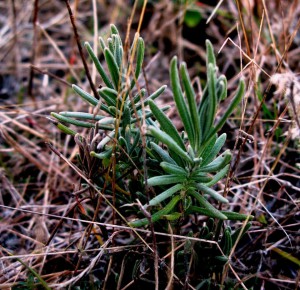
The propagation of lavender cultivars by way of vegetative cutting is predicated on the desire to standardise plants for an increasingly industrialised culture of essential oil production. Seed propagation develops out of an opposing impulse and seeks to maintain the biodiversity of lavender as a species. Seed developed lavender is also known as population lavender and characteristically enables the genetic complexity and individual potentials of plants for alternative chemistries, and expressions of beauty, to be reflected in the essential oil product. These qualities are appealing for those sensitive to the fact that botanical diversity is nature’s own way. A bountiful event in 2005 initiated new plant development programs at Snowy River Lavender. It was noticed that numerous self seeded lavenders were growing between the rows of our established lavender. After many hours of walking up and down rows we collected in excess of 3500 plants and each year since we collect more. We named these plants ‘Sponnees’ in celebration of their willingness to spontaneously grow on our farm. The Sponnee’s have been planted in patches and are now distilled as a form of seed population lavender.
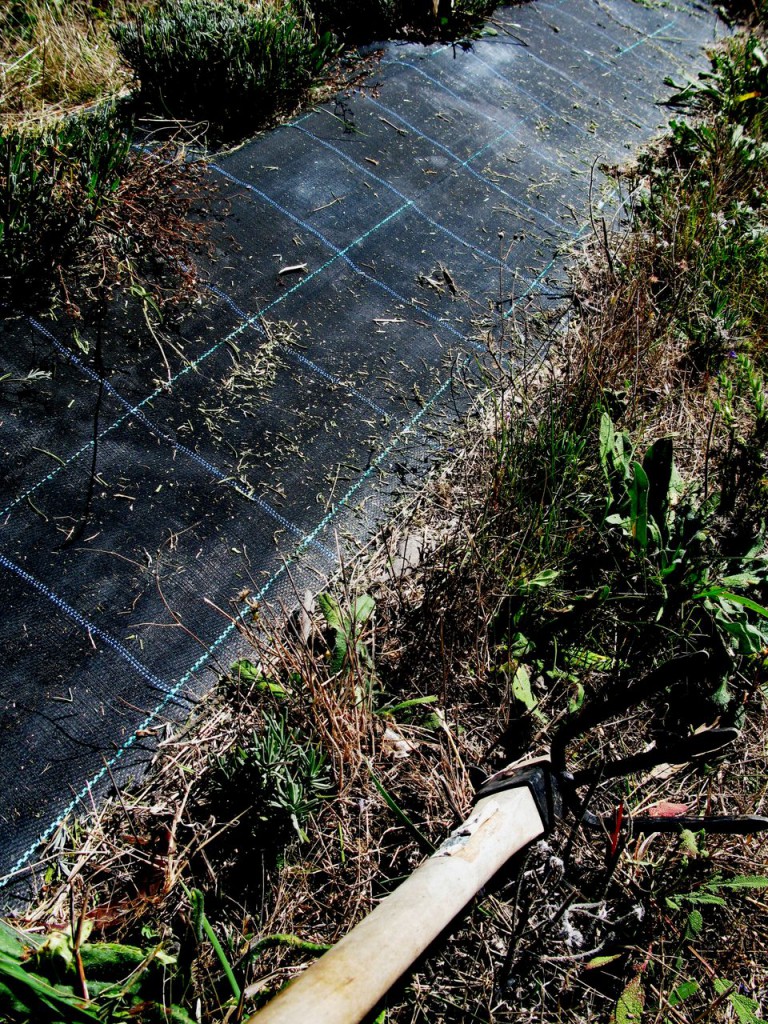
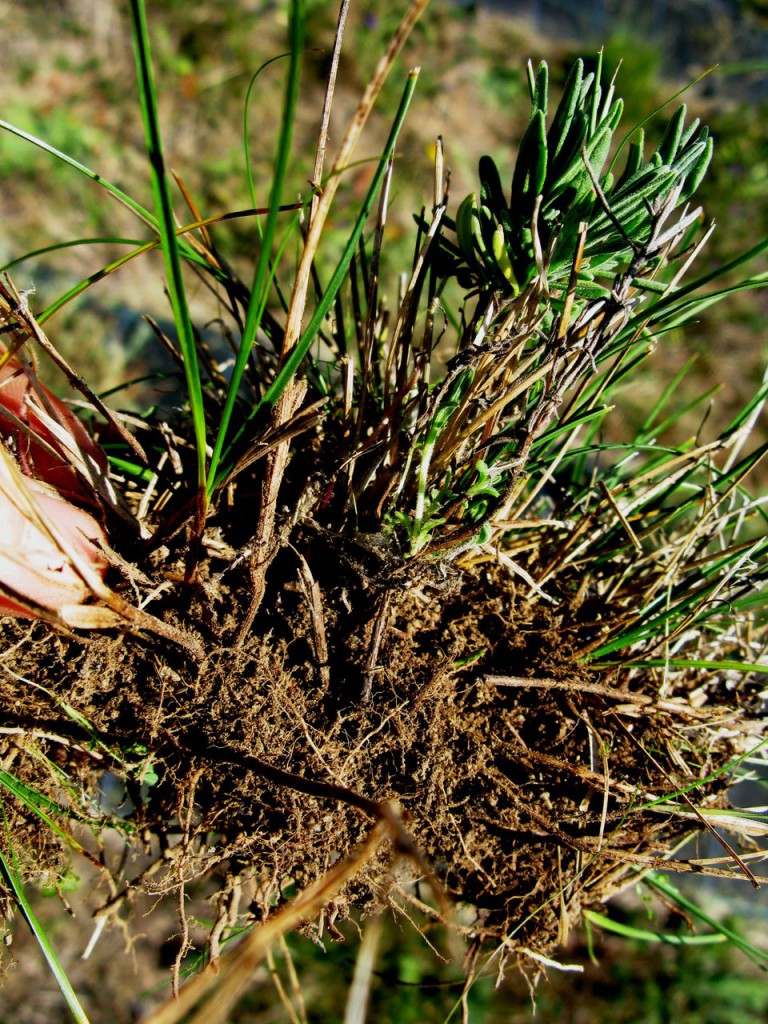
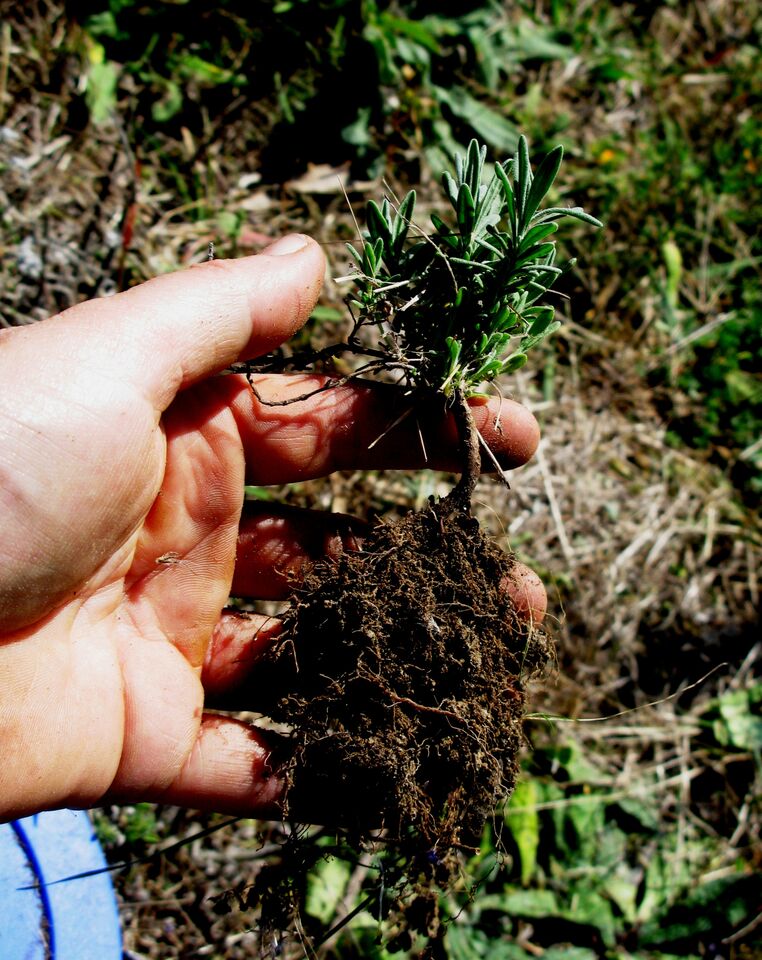
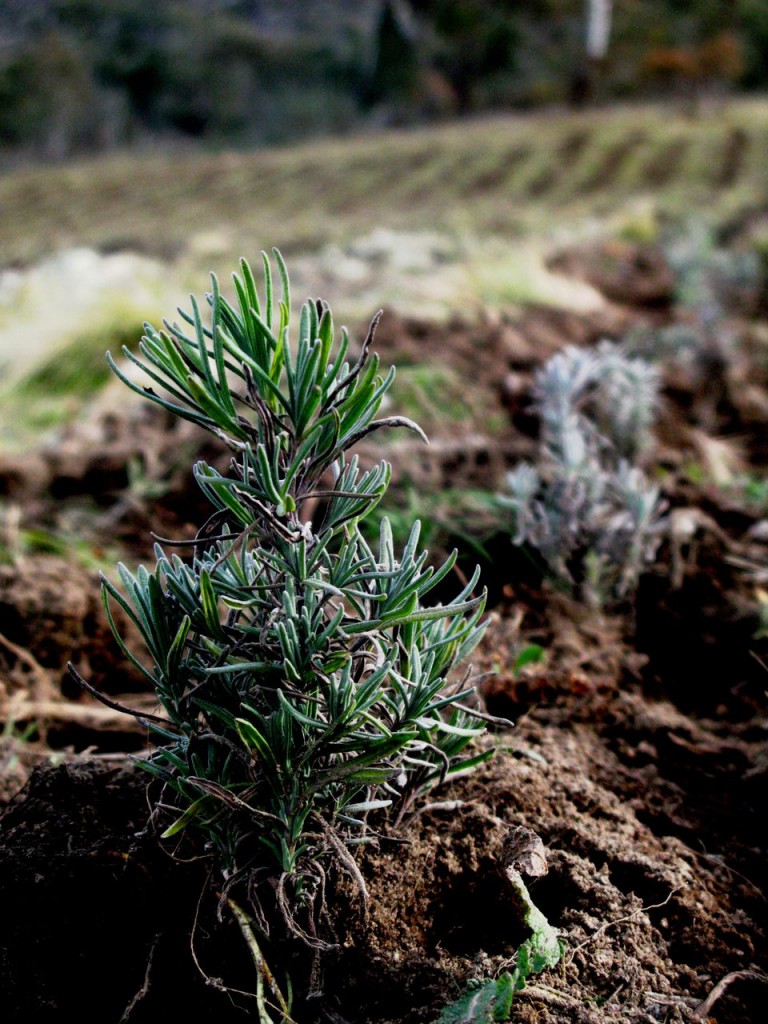
Population lavender
Some essential oil users prefer seed grown lavender believing that the process of propagation by vegetative cuttings over time weakens the vigour of the plant and effects a diminishing also in the subtle healing energy of the essential oil. At Snowy River Lavender we are seeking to establish boutique commercial scale plantings of seed population lavender. Along with collecting self seeded plants from amongst the rows, each autumn we also collect seed from our established plants and, raising these seeds has become a key activity in the farm’s nursery operation.
Our model of population production is not purist in the sense that we only collect seed from well established oil plants, thus limiting the genotype of our population to productive types. This model, however, is also used by other commercial population lavender producers’, such as Le Chateau Du Bois in Provence, who call this type of lavender, ‘lavande fine’. Random seed collecting would be too low in yield to be commercially viable and in Australia we do not have a wild grown gene pool such as that in Haute Provence. In this regard, French wild alpine lavender (lavande sauvage) is the ultimate population lavender but it is also very rare. This said, at Snowy River Lavender we never the less are always looking to establish new seed stock which will increase the biodiversity of our gene pool without compromising our farm’s productivity.
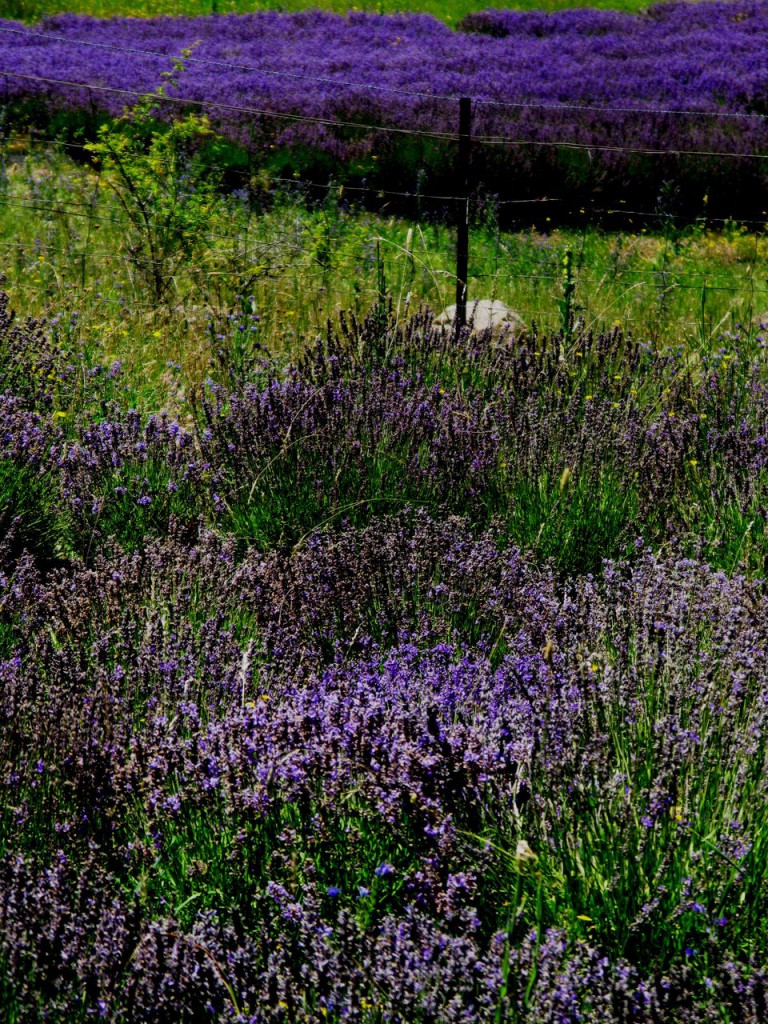
Developing new lavender cultivars
Snowy River Lavender has also initiated a cultivar development program from our seed grown plants. This is a process of trialling promising plants selected from our mature ‘Sponnee’ plants as cultivars. Plants are chosen in a rigorous selection process, based on criteria such as plant size and shape, flower density, stem and spike length, oil yield potential and aroma. Interestingly many of the more promising plants are showing signs of being the products of cross pollination between our established cultivar populations, thanks to our bees. An example of this cross pollination is a Sponnee we have named L. a. Pacific Monster. This plant was found among the Bee cultivars (seeded by the Bee plant) but shows many characteristics, bush shape and size, flower colour and shape of the Pacific Blue cultivar. Interestingly, a GC/MS profile performed on this cultivar (2011) also shows a leaning towards the linalool chemotype of Pacific Blue. This is only one of over 100 Sponnee plants we have chosen to trial. Only time will tell how these plants will develop as field cultivars, but we are all excited by the prospects of this program and think it can only add depth and individuality to our essential oil production.
